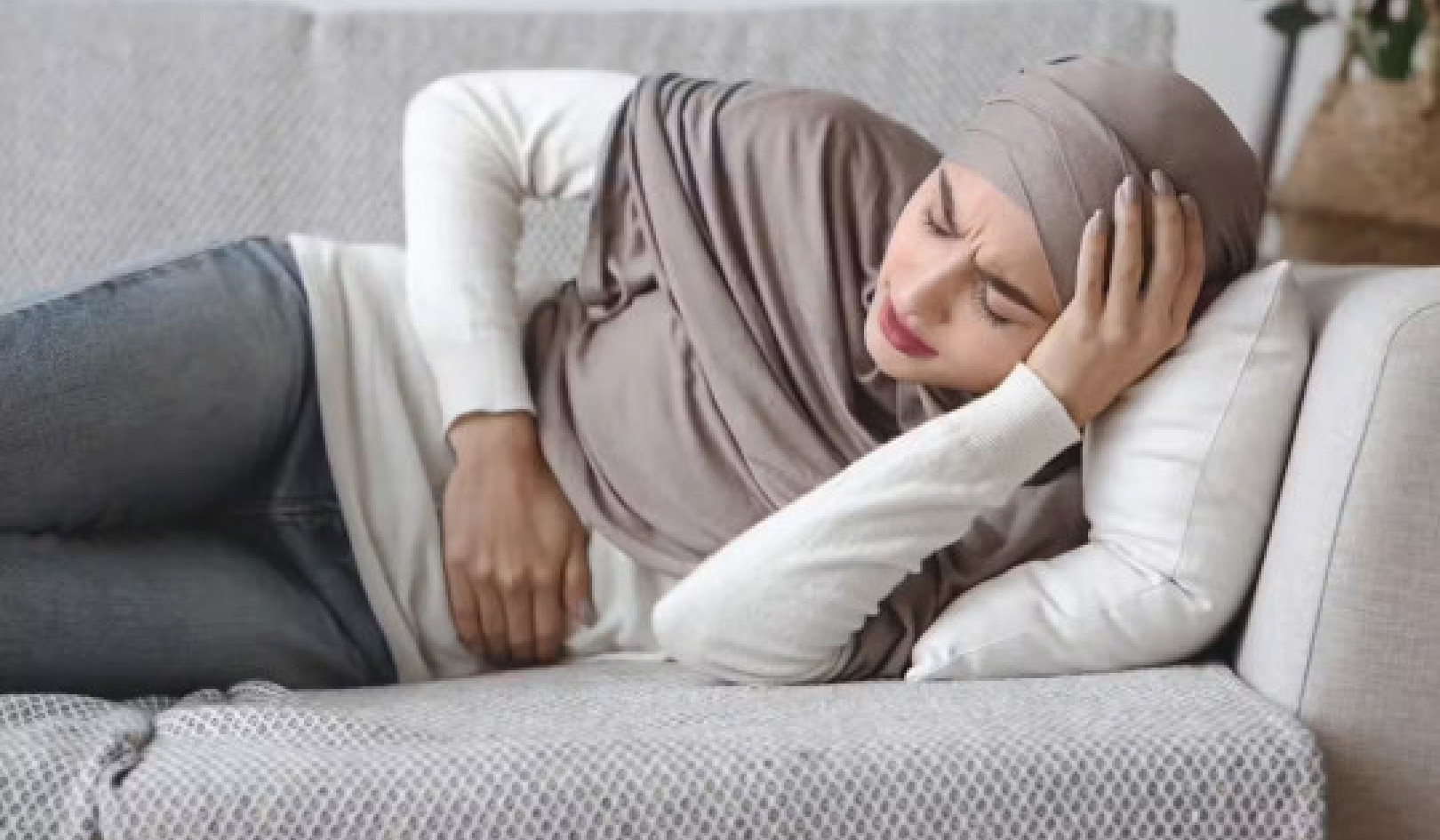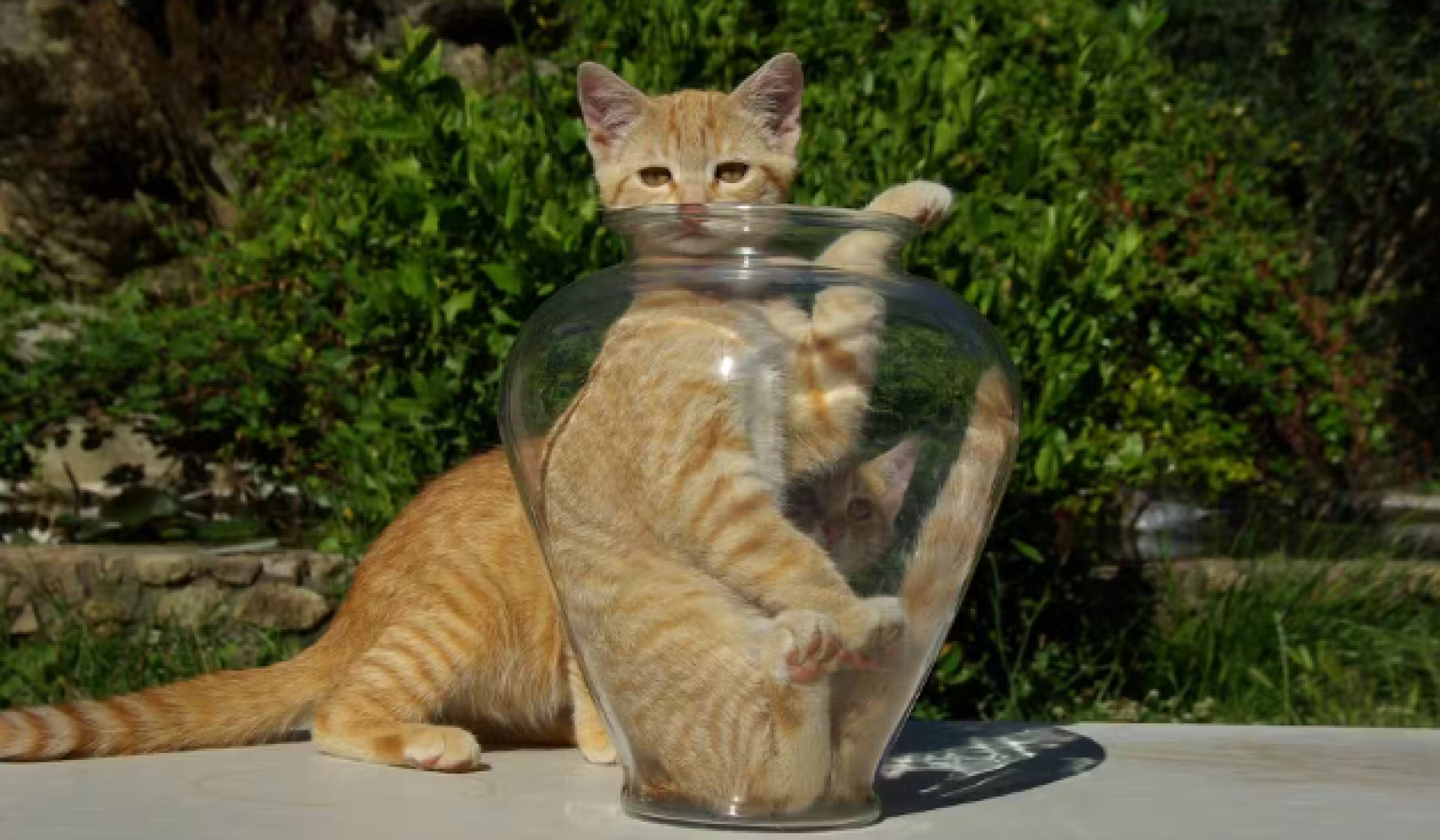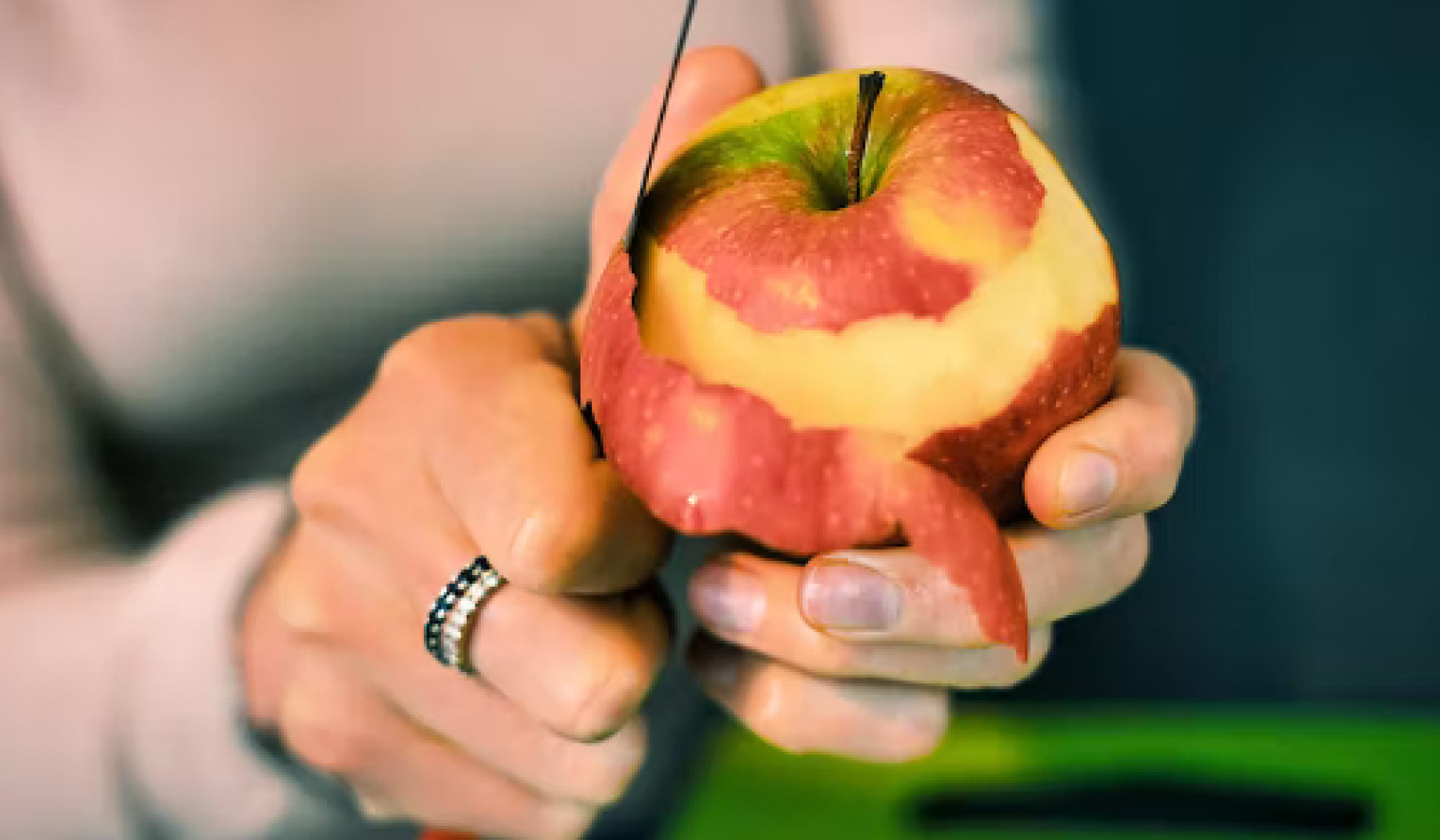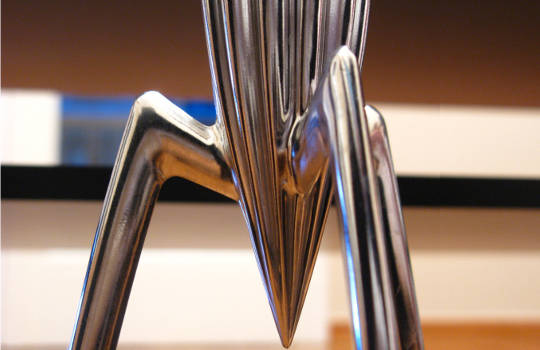
Philippe Starck’s Juicy Salif turned the humble lemon squeezer into a piece of classic industrial design. Photo: Flickr
We live in a world drowning in objects: households with a television in each room; kitchen cupboards stuffed with waffle makers, blenders and cappuccino whisks; drawers filled to bursting with pocket-sized devices powered by batteries – batteries which themselves take a thousand times more energy to make than they will ever provide.
Just over a century ago, “disposability” referred to small, low-cost products such as disposable razors and paper napkins. Today, practically everything is disposable – it is culturally permissible to throw away anything from a barely-used smartphone, television, or vacuum cleaner, to an entire three-piece suite or fitted bathroom.
This has led to the serious problem of electronic waste. In the European Union, mountains of scrapped circuit boards and other computer junk are growing three times faster thank any other type of waste in the EU. We generate 40 tonnes of waste in the process of manufacturing just one tonne of electronic products – yet 98% of these products are discarded within just six months of purchase. Given the huge quantities of precious resources (including gold and other rare metals) that find their way into our gadgets, it would surely be worth us taking more care of them, repairing them when broken, and keeping them for longer. In fact, the opposite is happening: product lifespans are shortening as material culture becomes increasingly disposable.
The notion of a “throwaway society” is nothing new. American economist Bernard London first introduced the term “planned obsolescence” in 1932 as a means to stimulate spending among the few consumers who had disposable income during the depression. The concept was popularised by Vance Packard in his The Waste Makers in 1964. In fact, the concept of disposability was a necessary condition for America’s cultural rejection of tradition and acceptance of change.
Products to feel good about
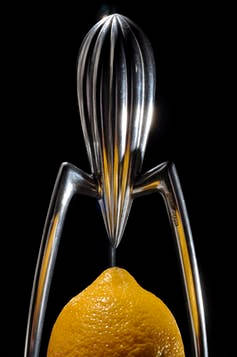 There is a different approach, however – one of emotionally durable design, which can help us to reduce the consumption and waste of resources by building a more lasting relationship between us and the products we buy. Simply put, it helps us design products that are built to last longer, and provide a longer-term experience. The term “emotional” is used here because wasteful patterns of consumption and waste are driven, in large part, by emotional and experiential factors. We tire of things, novelty wears off all too quickly and we fall out of love with them, so to speak.
There is a different approach, however – one of emotionally durable design, which can help us to reduce the consumption and waste of resources by building a more lasting relationship between us and the products we buy. Simply put, it helps us design products that are built to last longer, and provide a longer-term experience. The term “emotional” is used here because wasteful patterns of consumption and waste are driven, in large part, by emotional and experiential factors. We tire of things, novelty wears off all too quickly and we fall out of love with them, so to speak.
Considering emotional durability at the design stage helps us to wean people off their desire for the new, and can shape new and sustainable business models. Here, longer-lasting products have the potential to build economic models around creating robust products, upgrade and repair services, and brand-loyal customers – all without excessive waste.
In design terms, we can support greater levels of emotional longevity when we specify materials that age gracefully, and that develop quality over time. We can design products that are easier to repair, upgrade and maintain throughout their lifespan. These are effective product life extension strategies, and while they can come at an increased cost at point of purchase, they generate revenue downstream, through the introduction of service and upgrade packages.
Extending the life of a product has significant ecological benefits. For example, take a toaster that lasts about 12 months. Even if the toaster’s life is extended to just 18 months through more durable design, the extra longevity would lead to a 50% reduction in the waste consumption associated with manufacturing and distributing it. Scale this up to a national or international population of toaster-buyers, and it’s clear how significant an impact this could be.
There is a growing sense that the consumer electronics industry must transition from a linear economy to a circular one. A circular economy is one in which resources are kept in use for as long as possible. The maximum value is extracted from them, while materials and energy are recovered or recycled as much as possible at the end of any product’s life. This is a seismic shift in thinking, affecting everything from the design and delivery of short-life products, to that of longer-lasting material experiences.
Simply having more stuff stopped making people in Britain happier decades ago. The New Economics Foundation (NEF) argues for an economy of better, not more. One in which things age gracefully, where they last and can be repaired many times before being recycled, allowing us to share better the surplus of stuff we already have. Designing products that can be kept for longer nurtures a deeper relationship with both the product and the brand, which increases the likelihood of brand loyalty maturing.
Such emotionally durable design doesn’t just make sense from an environmental and resources perspective, but can be seen as a commercially viable business strategy in an increasingly competitive globalised world.
About the Author
This article originally appeared on The Conversation
Related Books
at InnerSelf Market and Amazon




















